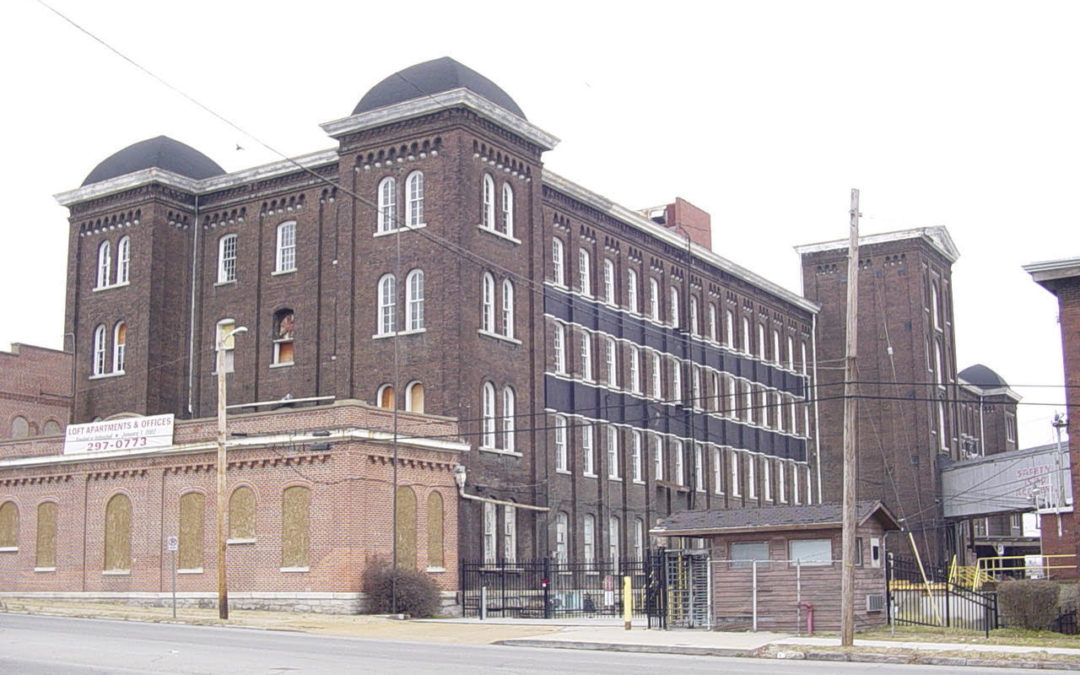The transition of Germantown from a deteriorating area to one of Nashville’s most popular and walkable neighborhoods is the result of resident activists and business working to bring historic properties into a new era of life.
Standing just north of downtown in view of the State Capitol Building, Germantown wasn’t really a desirable area to live in during the 1970s through 2010. A few persistent pioneers, like Ernest and Berdelle Campbell, were trying to breathe new life into the area.
The Campbells sold their Belle Meade home and moved into a 100-year-old house in Germantown 40 years ago, where they immediately planted and tended a garden that today is a green oasis in the bustling neighborhood. They also looked beyond their own property to others that needed rejuvenation.
Transition of Elliott School
In 1988, the Campbells joined with a neighbor and three people who had businesses in the area to form The Elliott Group. The group’s sole intent was to rescue the Elliott School that closed 11 years prior and had become a neighborhood eyesore and hazard.
Berdelle Campbell recalls the abandoned school “looked like a sad, tired, slumping creature with all its eyes poked out.”
Upon buying the building, which was listed on the National Register of Historic Places, The Elliott Group began the process of recovery and making it presentable to sell. The roof was patched, 400 windows were replaced and the outside entry stone was cleaned. The building was sold to Centerstone, which completed much needed major repairs and renovations and provided affordable mental healthcare there.
The Mainland Companies acquired the property in 2014 and is transforming it into the Elliott Germantown. The old Elliott School is being converted into 27 private residences and a modern reflection of historic Germantown. Multistory windows, chalkboards and craft brick walls are being restored for the new residents. My CityLiving Group is the listing agent for the custom residences and I am proud to be invested in helping another storied Germantown property transform and find new life.
Catalyst for Neighborhood Change
My first property transformation in Germantown was converting the shuttered Werthan manufacturing facility into a five-phased, 342-unit Werthan Mills Lofts housing. Werthan was the catalyst for change in the Germantown neighborhood, bringing both residents and restaurants to the area.
The old Werthan complex included a former four-story cotton mill built in 1872 and an adjacent building built in 1882 that previously housed the Werthan Bag Company. The buildings had beautiful old beams, pockmarked original flooring and remnants from the former factories still intact. When I first toured the buildings in the early 2000s, those buildings housed pigeon flocks and flaking, lead-based paint.
You can read the whole Werthan conversion story in my book, One Mile Radius: Building Community from the Core. It was my first development project and it was ambitious and fraught with many challenges. My understanding of the loft demand in the marketplace, my group of urban-minded real estate agents, my love for old buildings, and my strong political and community contacts made me the best suited to give it a go.
The development of Werthan Mills Lofts spanned 12 years, a major recession, and the ensuing financial crunch. The fifth and final phase was completed in 2012.
Historic Overlay Challenges
Historic overlays made conversion and development of the Werthan Mill Lofts and the Elliott Germantown more challenging.
It does seem when the intent is to substantially renovate, there may be some areas for lenience. The developers for Elliott Germantown residences got a few exceptions to add some windows where needed for the project. At Werthan, we were challenged by other issues, like residual lead-based paint, asbestos in the boiler building, and some dyes used in making Werthan bags. We used tax increment financing to cover the remediation and demolition of some extensions that had been added through the years.
The Elliott Germantown and Werthan Mills Lofts are both good examples of creative adaptive reuse of historic buildings, and the potential for impact in a one-mile radius.
# # #

